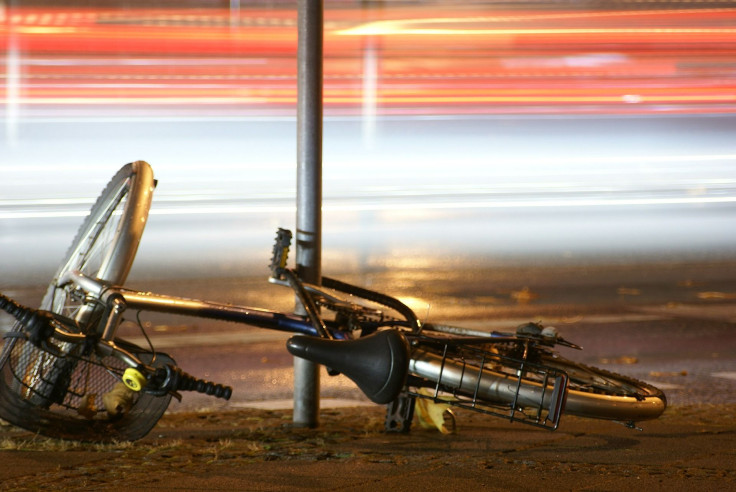Bike, Gun-Related Injuries 'Increased Significantly' During COVID-19 Lockdowns: Study
KEY POINTS
- Researchers looked at trauma cases in California, Florida, Oklahoma and Oregon
- Bicycle-related injuries saw a 100% increase during the lockdowns
- Researchers say the data could help shape future public policy decision-making
Trauma cases showed "similar trends" despite the differences in COVID-19-related restrictions in different regions in the United States, a new study has found.
For their study, which was presented at the virtual American College of Surgeons (ACS) Clinical Congress 2021, the researchers had a closer look at 27,652 trauma cases from 2019 to 2020 at level I trauma centers in four places – Orange County in California, Portland in Oregon, Tulsa in Oklahoma and Miami in Florida, the ACS noted in a news release.
"We were trying to assess if the different variations in COVID-19 shutdowns across the country affected trends," Leonardo Alaniz, a third-year medical student at the University of California, said in the news release. "Overall, what we discovered is that there was a substantial increase in bicycle-related trauma rates of about 100 percent. We also saw an increase in gunshot wounds (GSW) by about 23.5 percent."
Meanwhile, they saw a 12.7% decrease in motor-vehicle crash (MVC)-related trauma. Despite the differences in the data across the four sites, they all followed an overall pattern.
Bicycle-related injuries increased 100% during the #COVID19 lockdown last year, and gunshot wounds increased 23.5%, according to a new study presented at #ACSCC21. Data could help inform public policy decision-making for the next pandemic, authors say.https://t.co/07iDuNQgnA pic.twitter.com/F1CdIsz2gU
— American College of Surgeons (@AmCollSurgeons) October 24, 2021
Motor vehicle and bike-related trauma
In terms of MVC and bicycle-related traumas, the researchers noted that the trends were "understandable," given that most people "weren't going anywhere" and perhaps were simply using their bicycles for some exercise.
This was also reflected in a report by the U.S. Consumer Product Safety Commission (CPSC) earlier this year, which found that bicycles had a "slight increase" in overall injuries in 2020. The increase, the report noted, was most pronounced in those who were 40 years old and above. There was a 21% increase among people in the age group "perhaps due to behavior changes in exercise activity" compared to 2019.
Gunshot wounds
The increase in gunshot wound trauma was more of a surprise to the researchers.
"We thought we might see an uptick in the percentage of GSW given the percentages of MVC were down and the percentages might need to go up to cover that mechanism of injury; but we were mildly surprised that not only did the percentage go up, but the actual raw numbers of gun injuries went up," study senior author Dr. Cristobal Barrios said in the news release. "That was true across all the trauma centers that contributed data to the study."
Only recently, another team of researchers also found that gun violence in the U.S. increased by 30% from March 1, 2020 to March 31, 2021 compared to the pre-pandemic period, the BMJ reported. Calling it a "public health emergency," the researchers noted that there were "5,000 extra deaths and 10,000 extra injuries nationally."
Future policymaking
Such data could help shape future policy decision-making, the ACS noted. Furthermore, it shows the need for resources in terms of wellness and mental health, Dr. Barrios said, citing the possibility that more people were using bikes to destress.
"Another big contributor would be to have more green spaces in these communities — spaces where people can go out and exercise in a safe environment," Alaniz said. "That would also play a huge role in preserving the mental health of our communities."

© Copyright IBTimes 2025. All rights reserved.






















